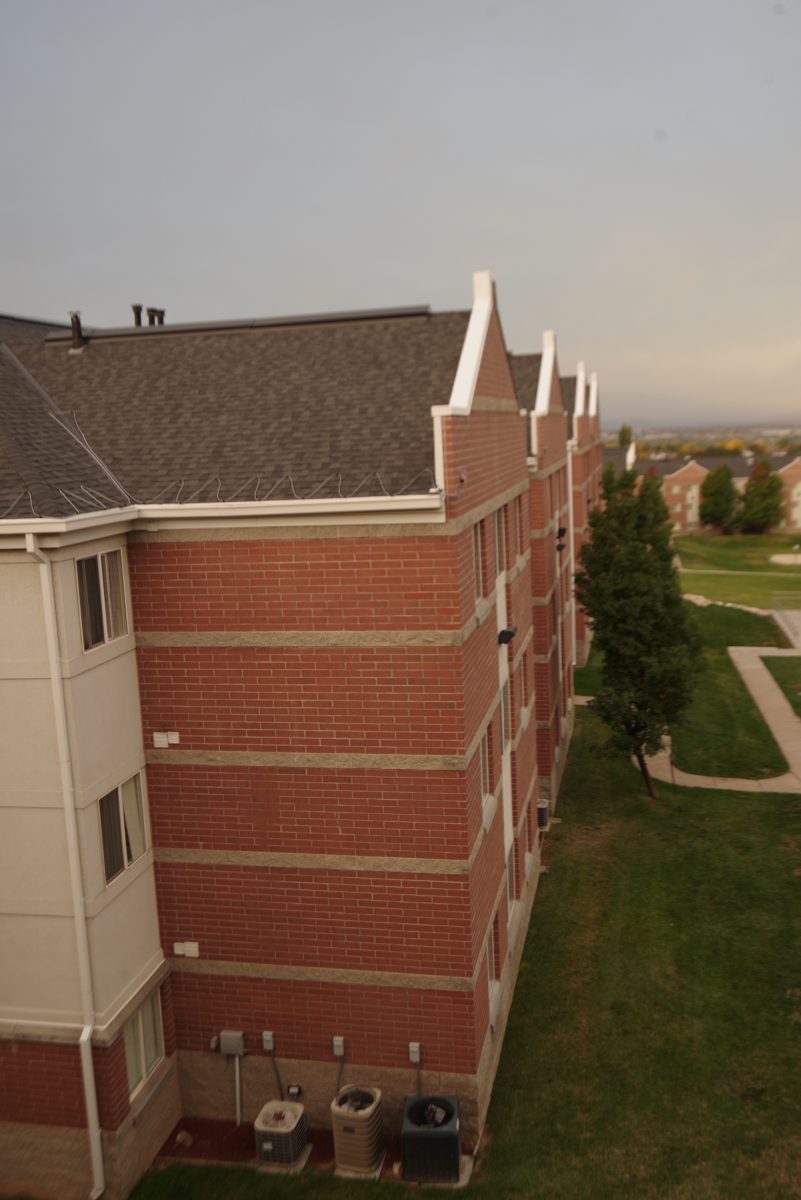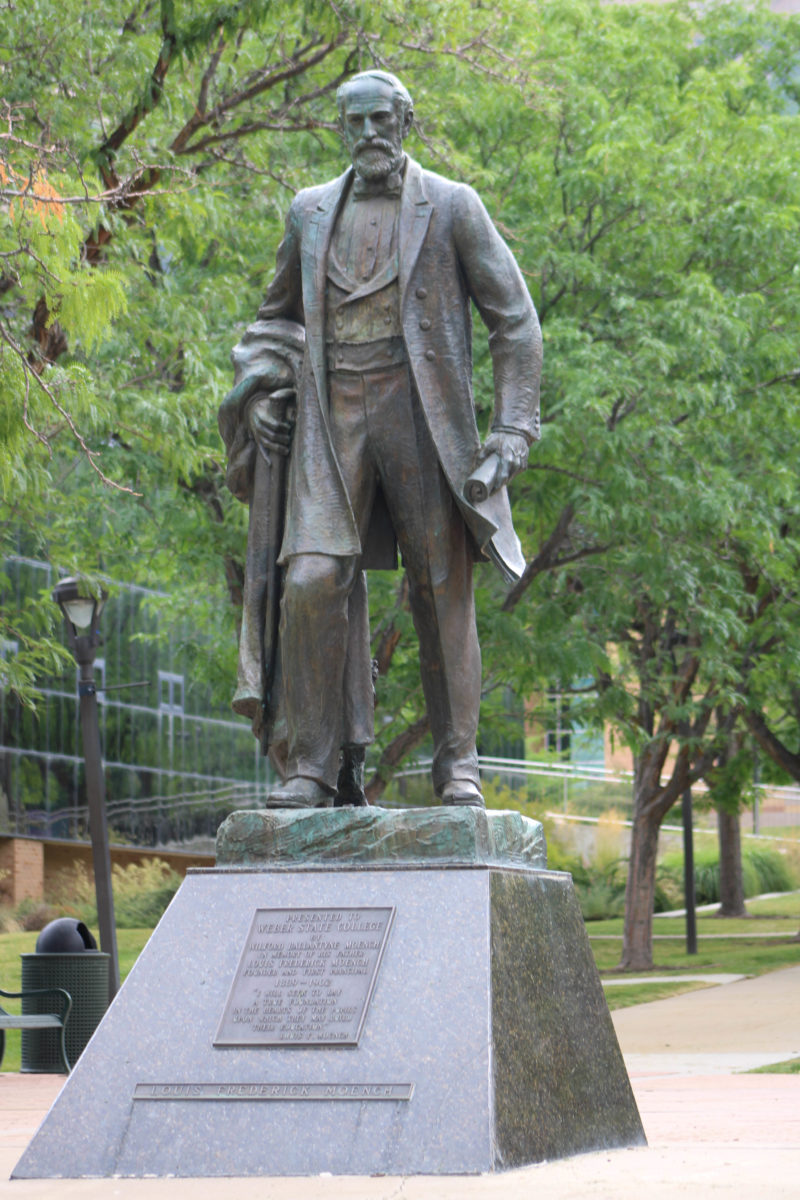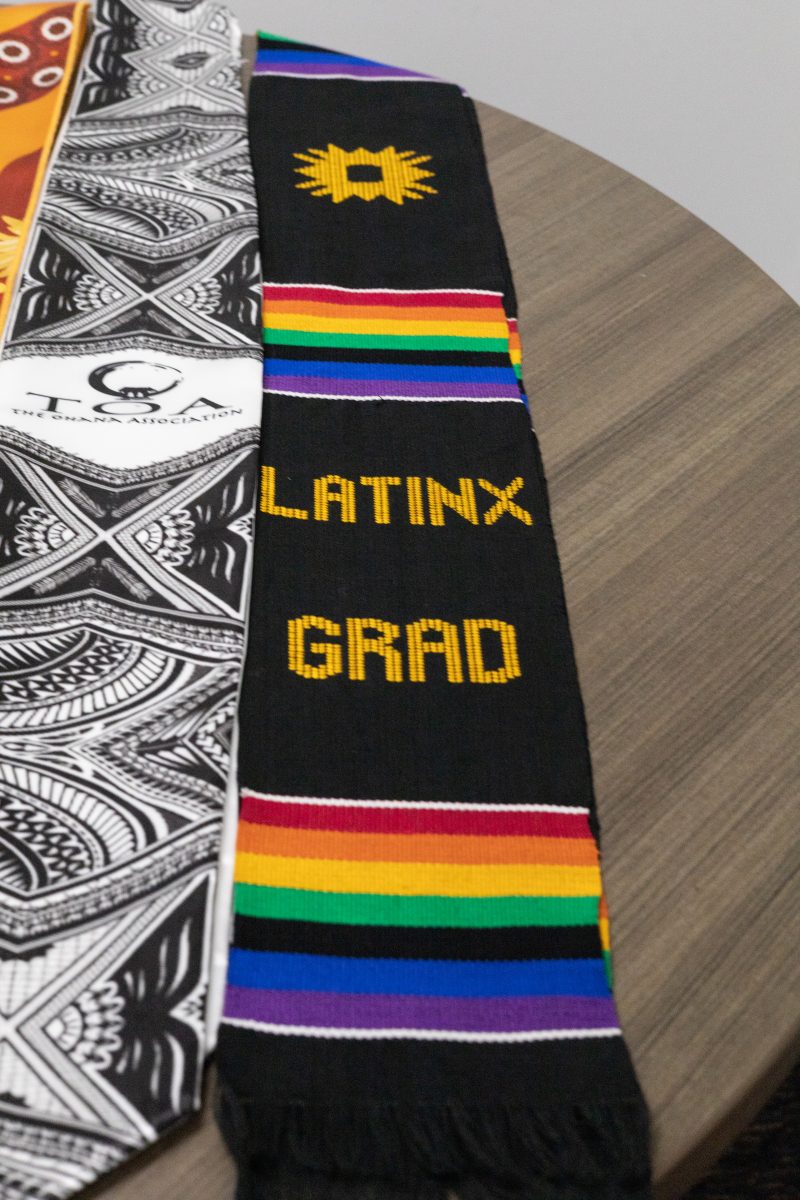
“The tests came back positive.” My doctor’s words echoed in my ears. He was referring to my genetic blood tests, looking for a heart disease called prolonged QT.
Now I live with prolonged QT, a disorder caused by poor electrical activity in the heart and a lack of potassium. Dangerous and irregular heart arrhythmias are more likely to happen with this disease while exercising or when put under stressful situations.
When I was 16, I lost consciousness in a pool at my stepbrother’s birthday party. I wasn’t breathing and a pulse wasn’t found. My dad said my body was “completely purple.” After receiving CPR, I woke up surrounded by paramedics and relieved family members. It was in the ER when doctors found my irregular heart beat.
The next few weeks were filled with attaching stickers and wires to my chest, wearing heart monitors to school and adjusting to dizzying heart medication. Ultimately, I decided to undergo heart surgery.
I have a device called an implantable cardioverter defibrillator (ICD). The ICD is a small generator placed underneath the skin below the left collarbone. A tiny cord runs out from the generator and is placed onto the lower pumping chambers of the heart. If the electrical impulses in my heart lead to unnatural, deadly beats, the ICD will shock my heart back into place.
Most people have seen a scene in a movie when someone passes out and the paramedic will grab a defibrillator. They hold two rectangles on the other person’s chest yelling, “Clear!” That kind of defibrillator is no different from mine, other than the fact mine is in my chest.
While recovering, I was paranoid to be around my microwave, generators or any wires. Anything giving off an electric wave is dodgy for me to be around. I have to be most cautious of magnetic fields. I had to stay away from industrial welders in my shop class and learn to go through airport security without going through a metal detector. Even now, I have the habit of putting my phone in my right pocket and don’t use my left ear to make calls for fear of the phone being too close to my device.
Getting used to having a box in your chest is probably not something most teens worry about in high school. For two to three weeks I couldn’t raise my left arm more than five inches away from my body, because there was a risk of the cord attached to my heart of popping off.
The most frustrating adjustment was trying to get back into mixed martial arts. Grappling and street fighting gave me a thrill, and I tried to stay with it. One night, my opponent had me pinned and put pressure onto my chest where my ICD is. Later, I told my doctor how much grappling hurt and he told me fighting for sport “shouldn’t even be considered an option.” While I can’t exactly fight anymore, I can still practice form and MMA techniques.
Another thing I love that my ICD has made difficult is wakeboarding. I can still go boating, but I love wakeboarding, water skiing and knee boarding, and my ICD doesn’t. My left side of my chest gets sore quickly from holding the rope too long and I’ve had wipeouts that made the kneeboard smack my device. I had to learn to slow my pace while crashing on my snowboard too.
As painful and inconvenient as it sounds, I love having my ICD. Just because my heart is a little broken doesn’t mean I should live in fear of passing out again without waking up. Besides, whenever someone sees my scar, it makes for interesting conversation. How many kids my age have these types of scars and the story to go with it?














